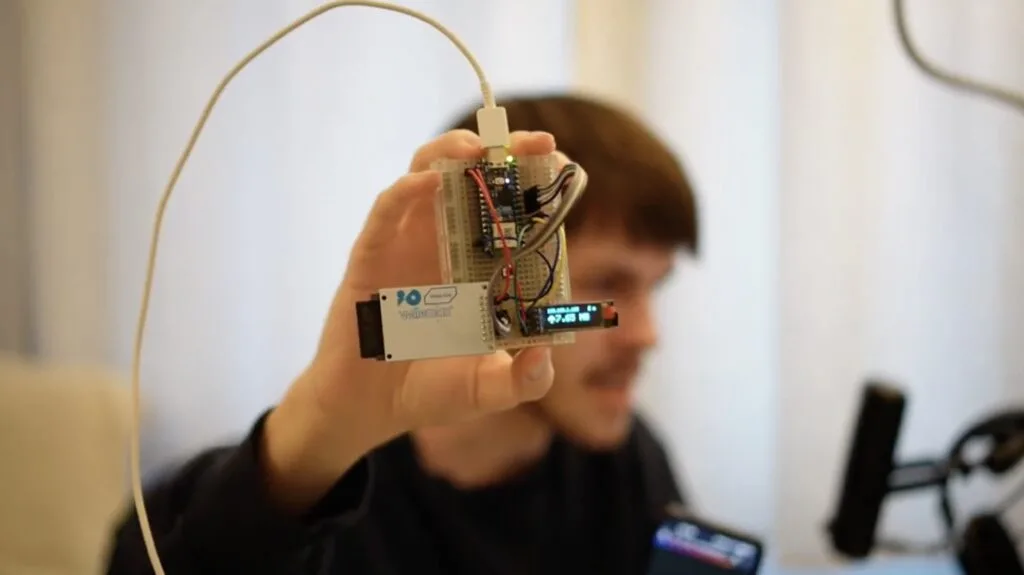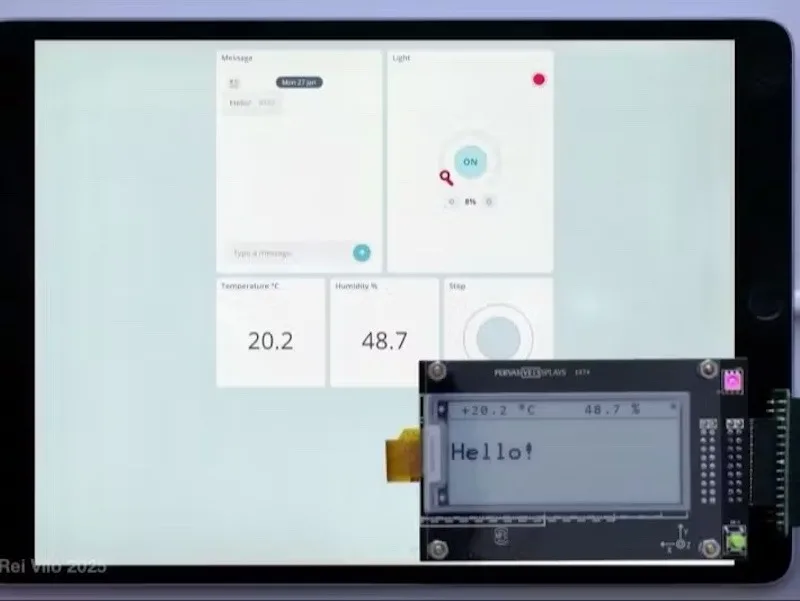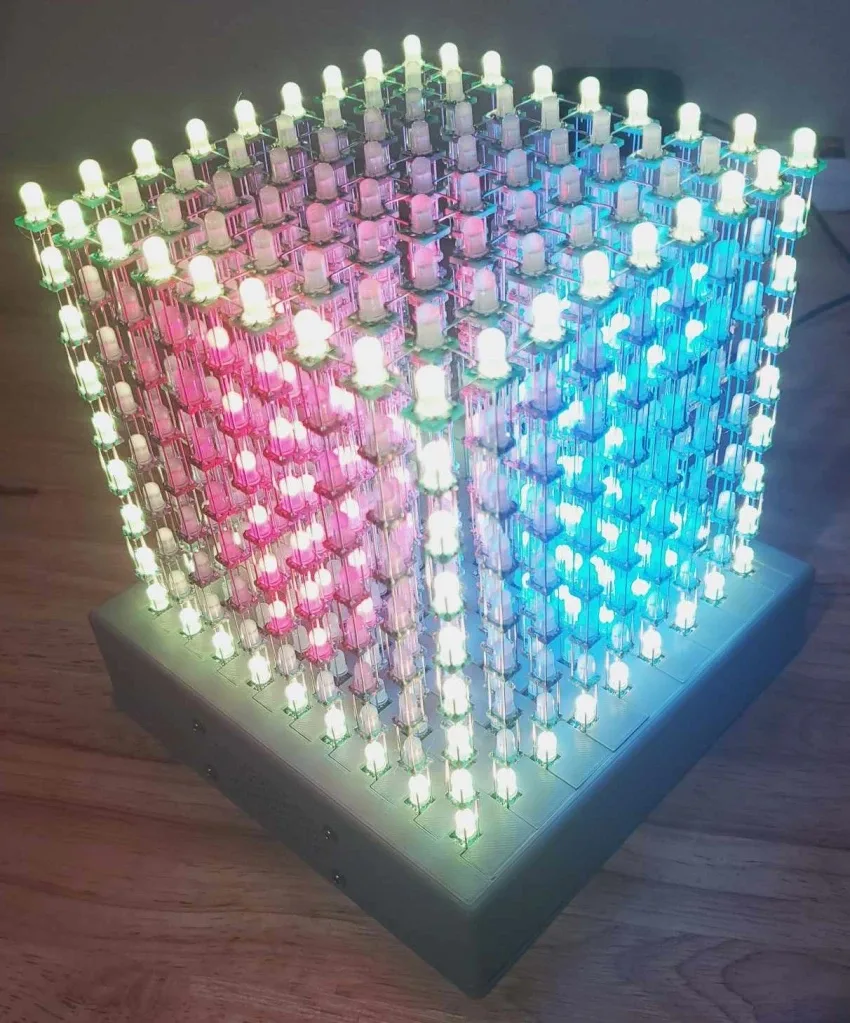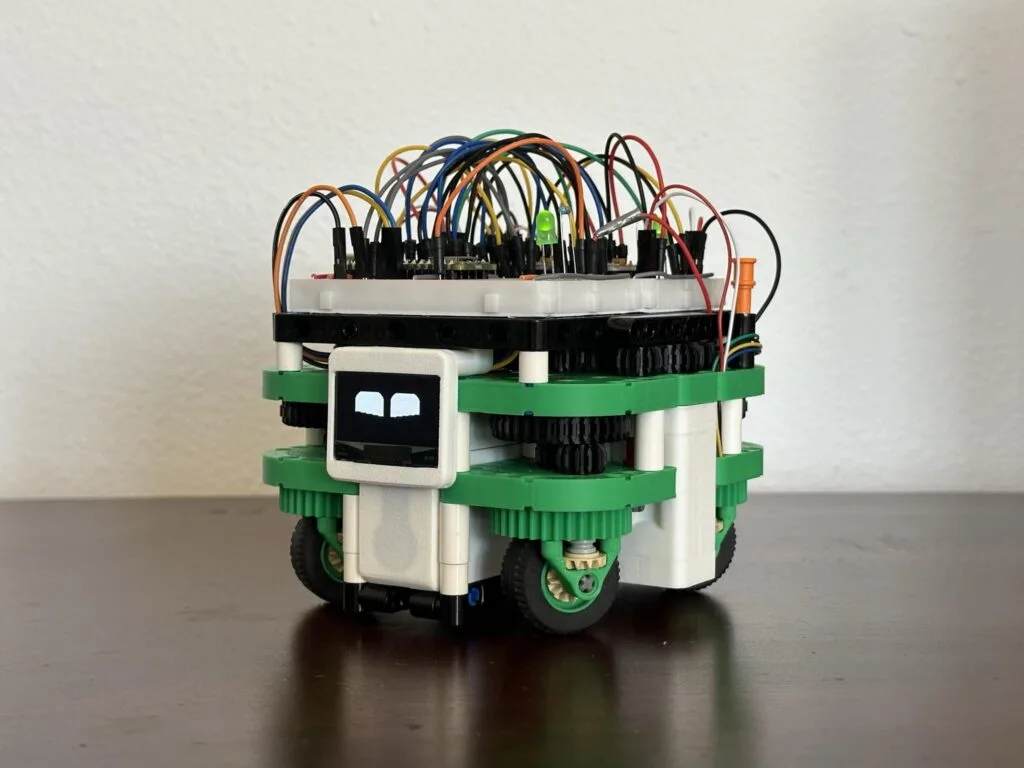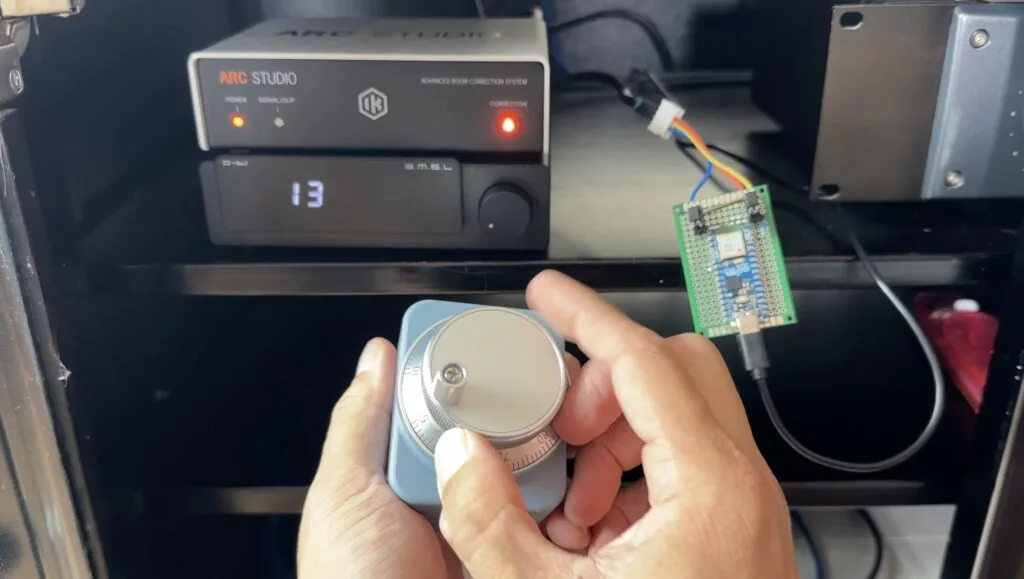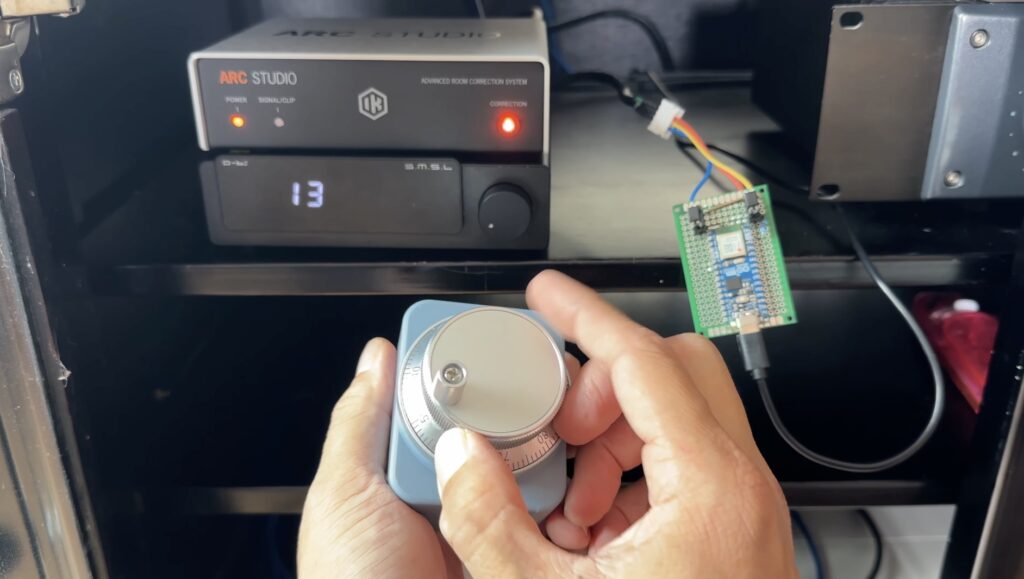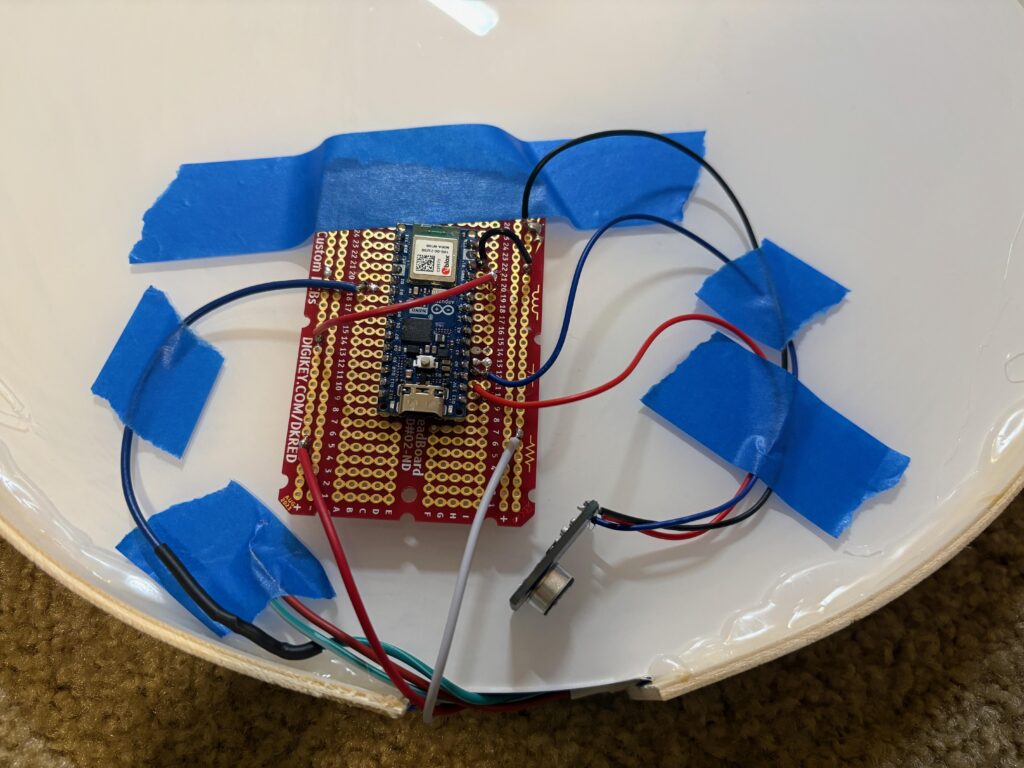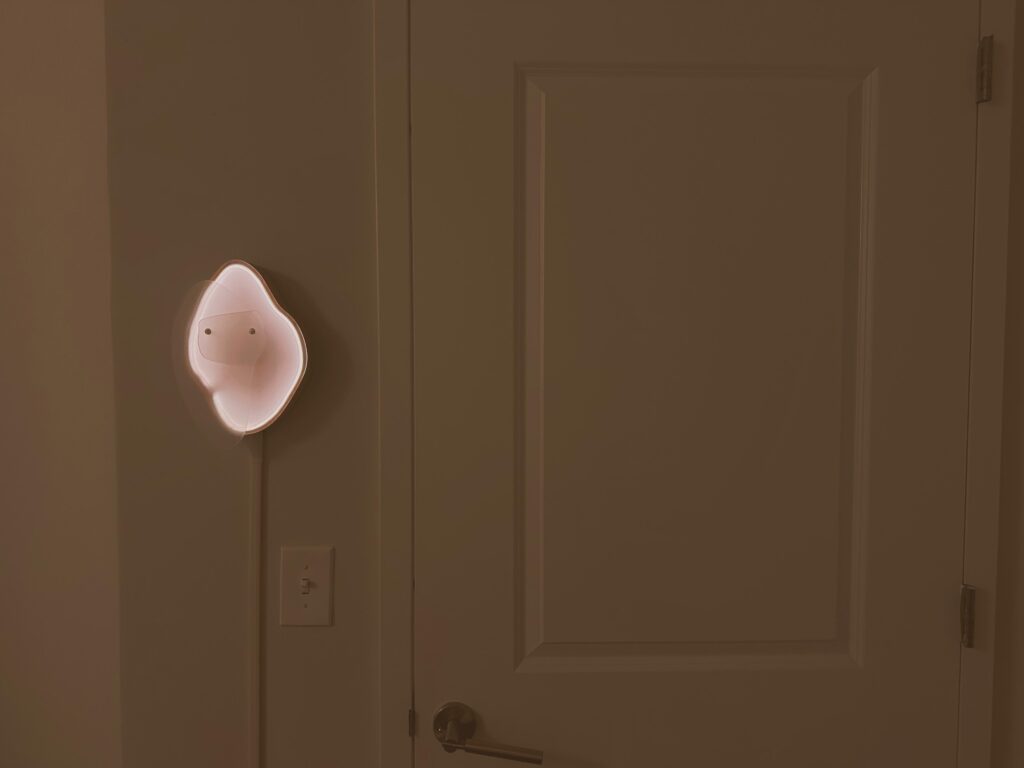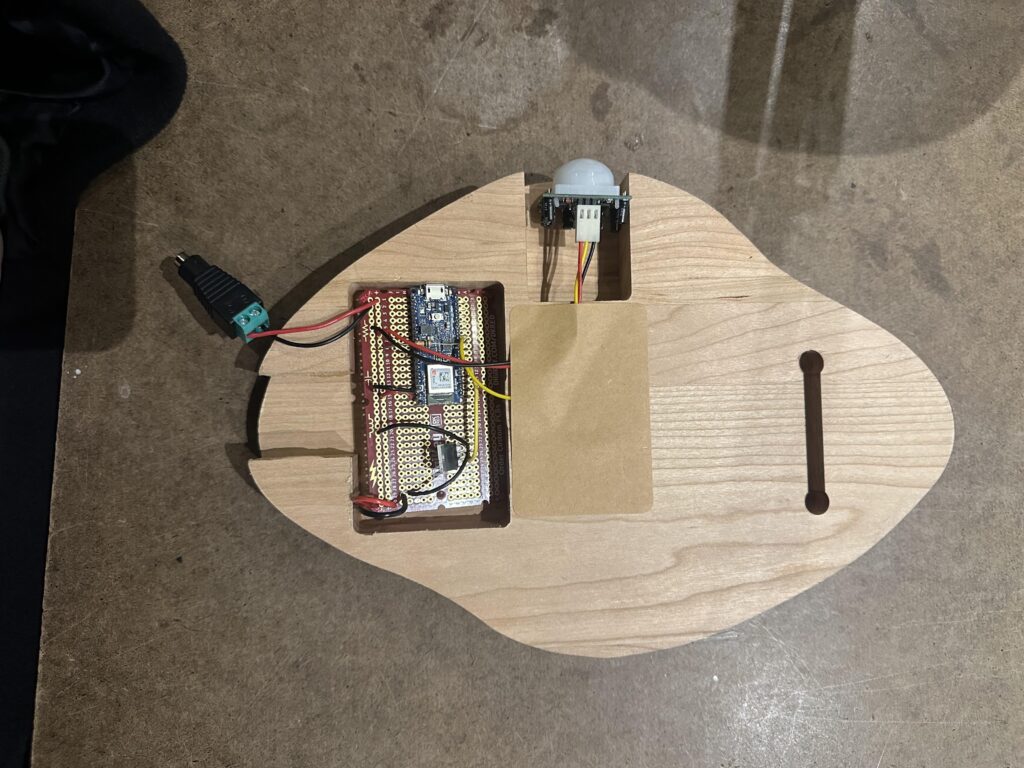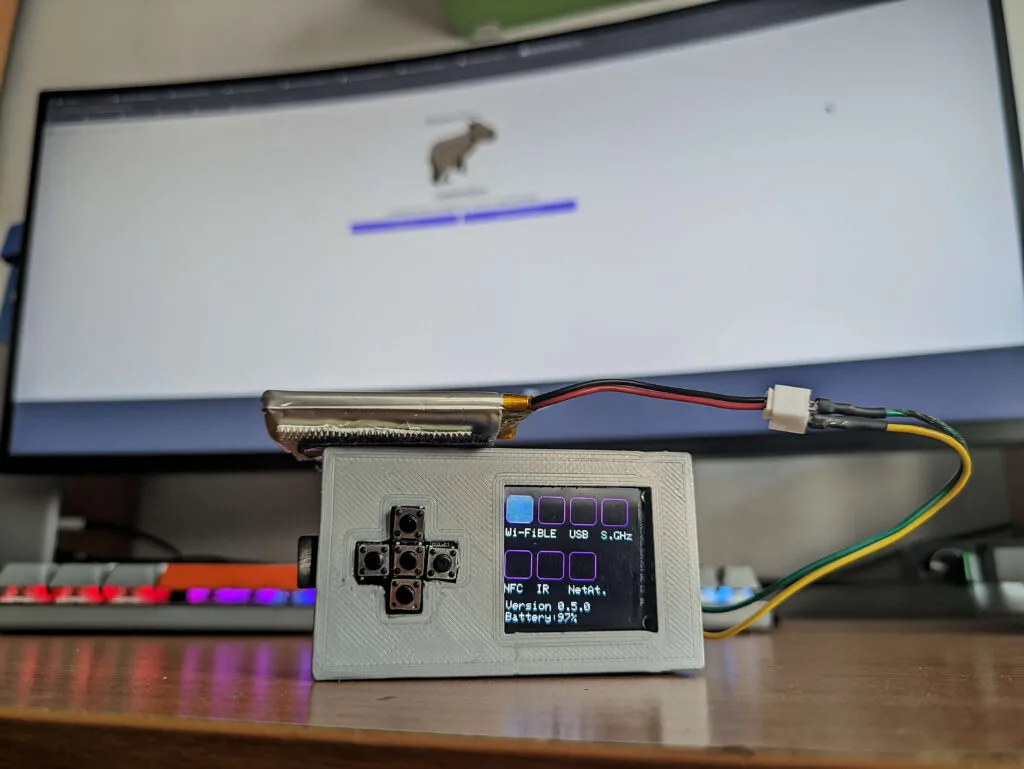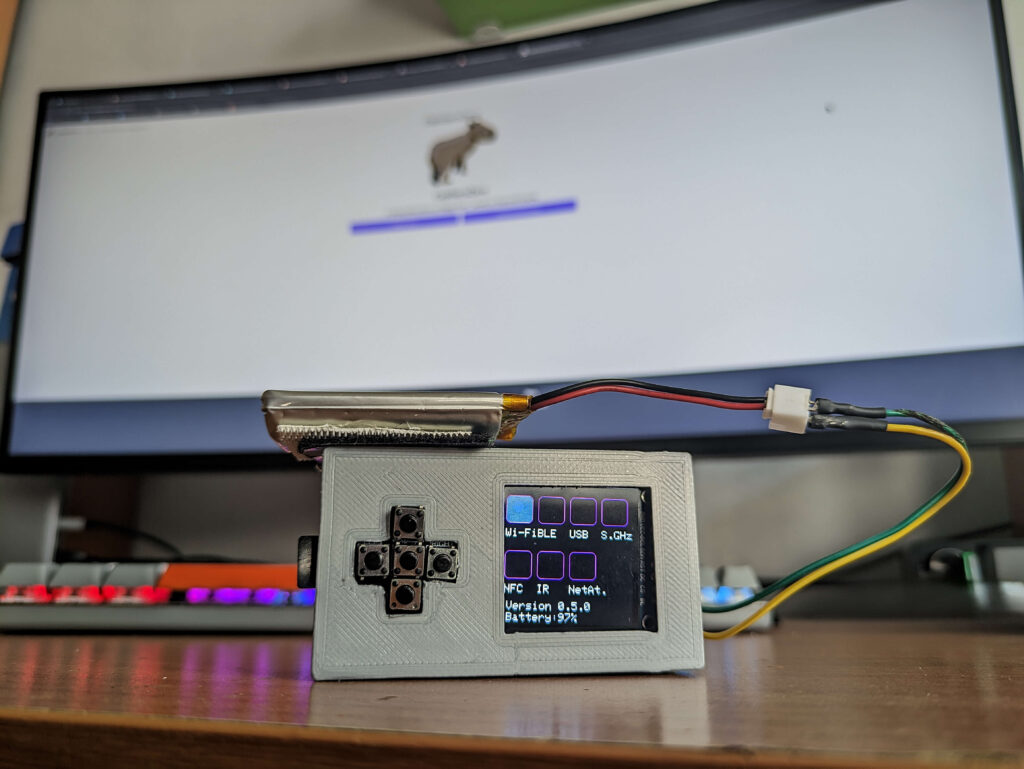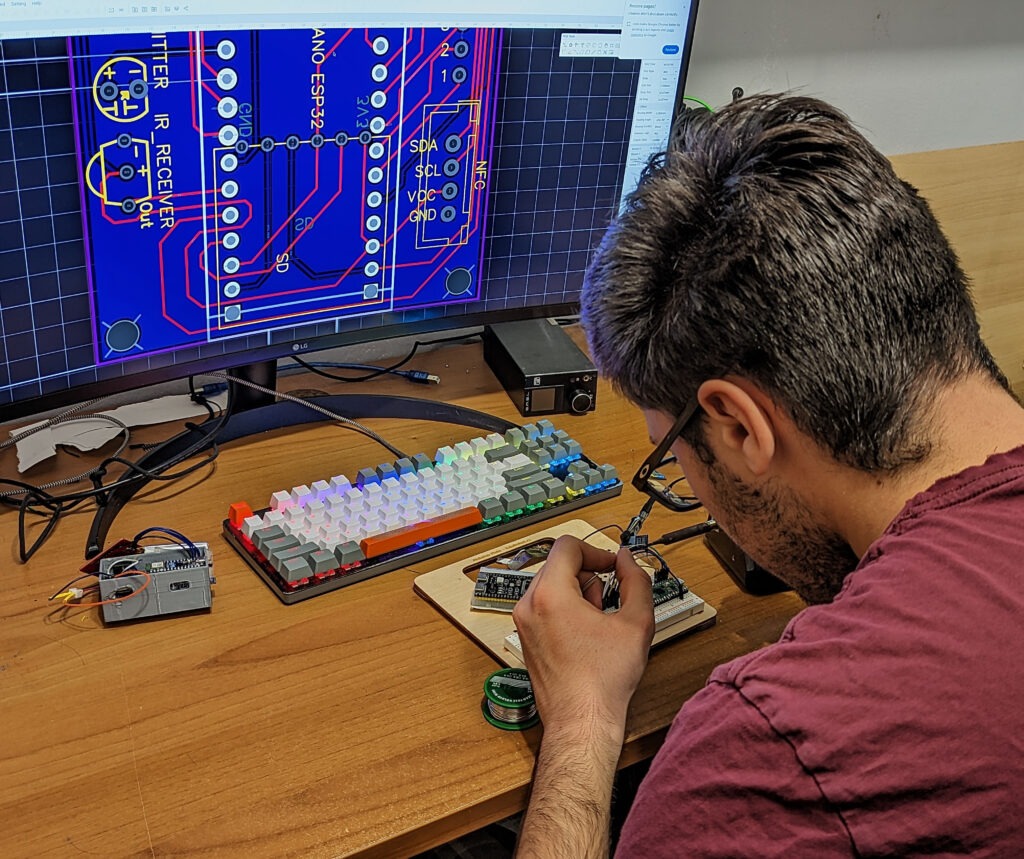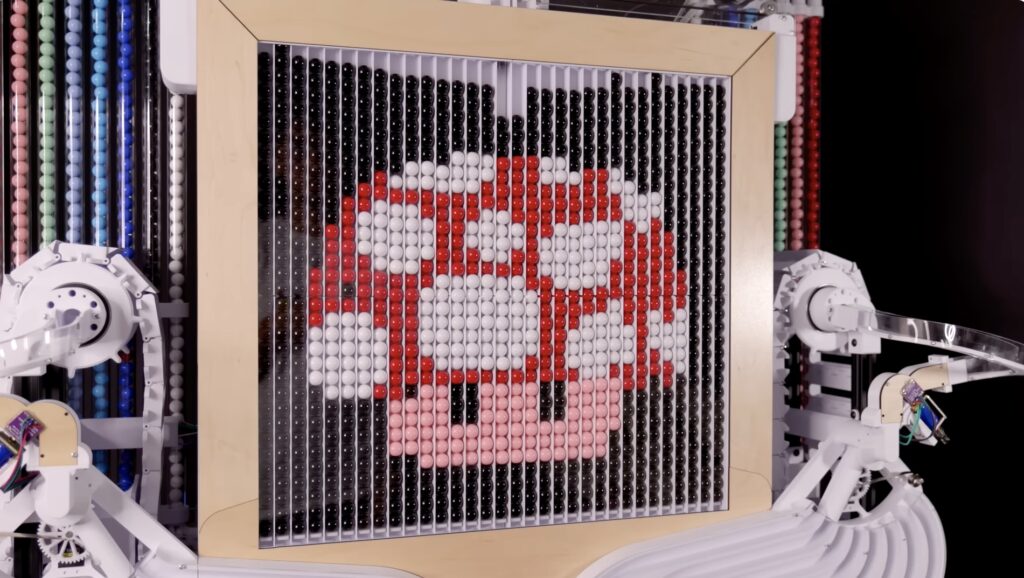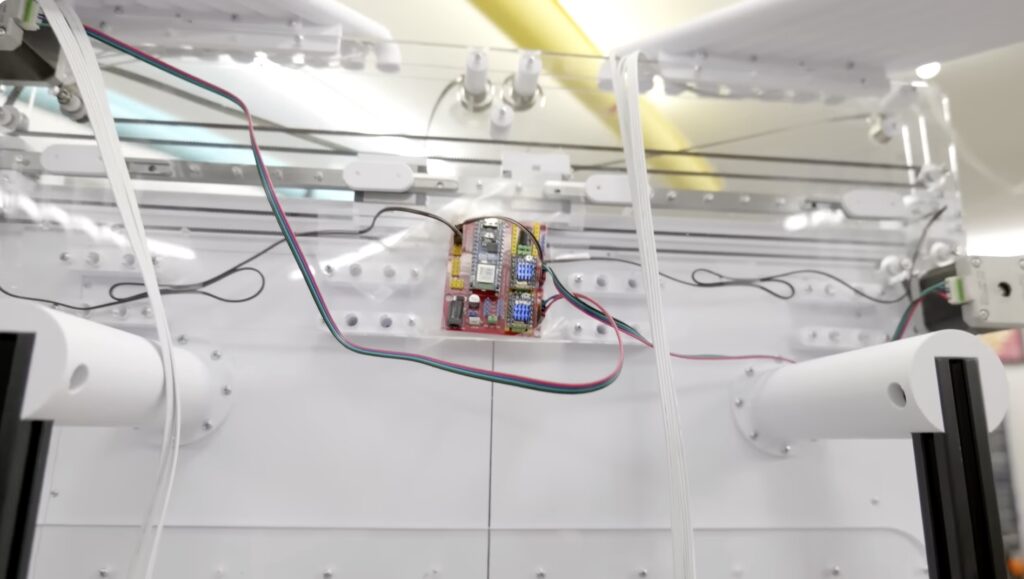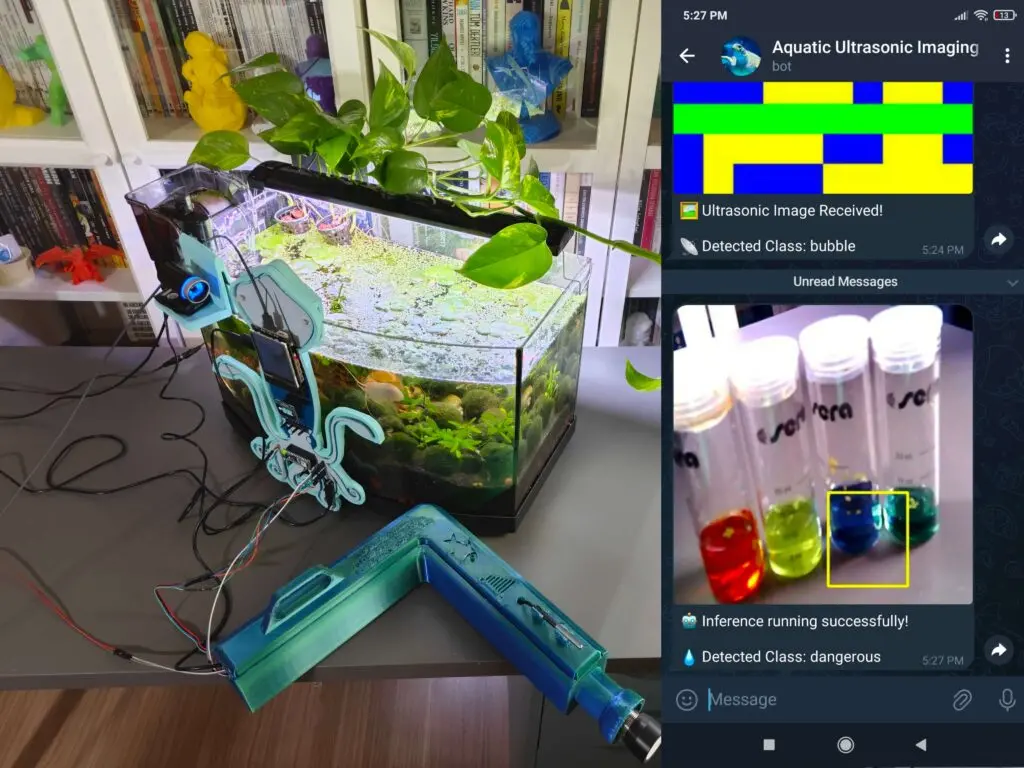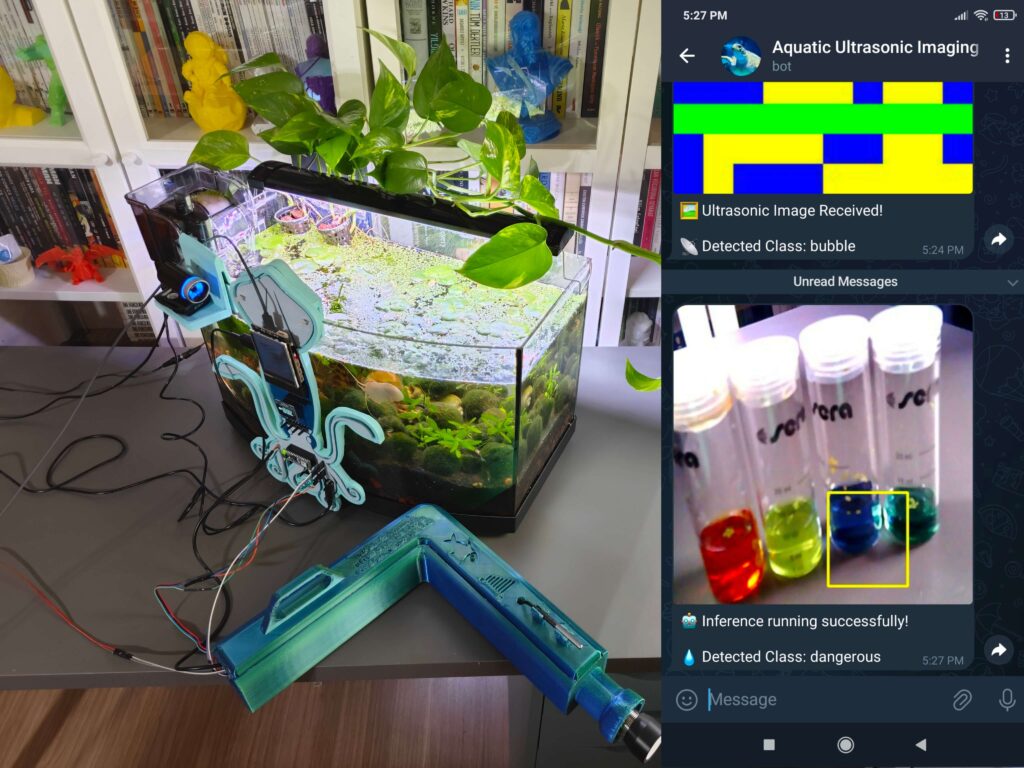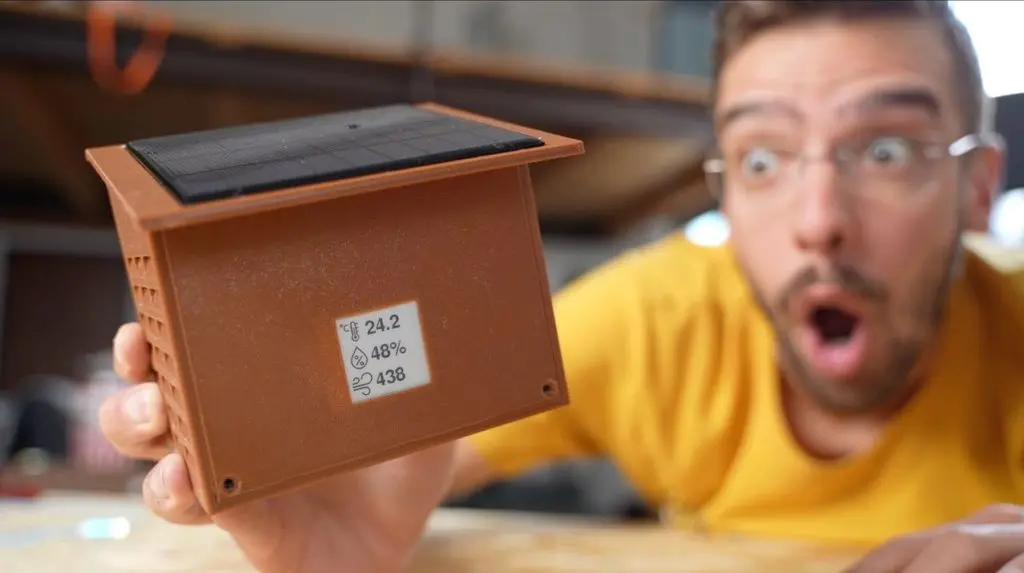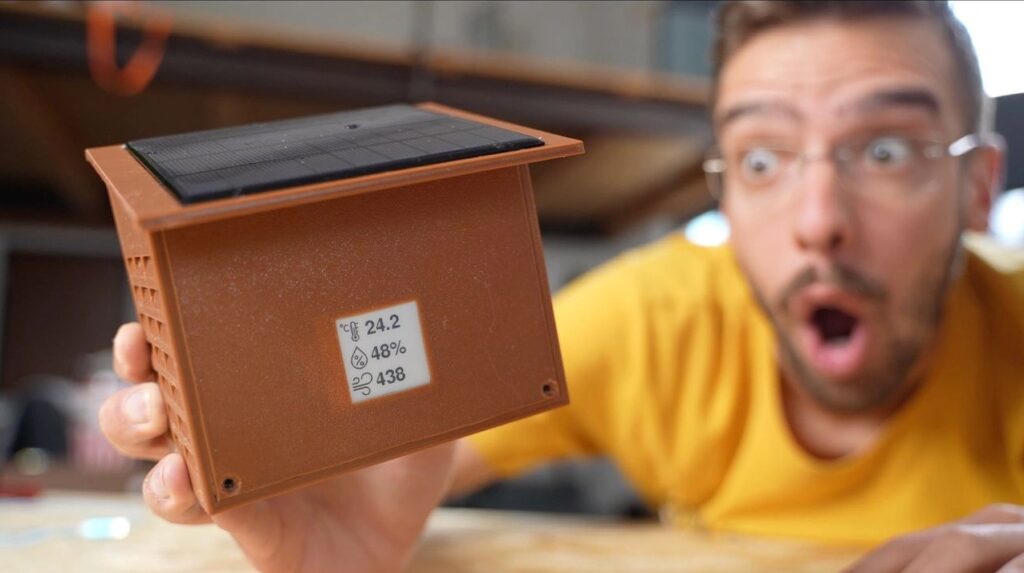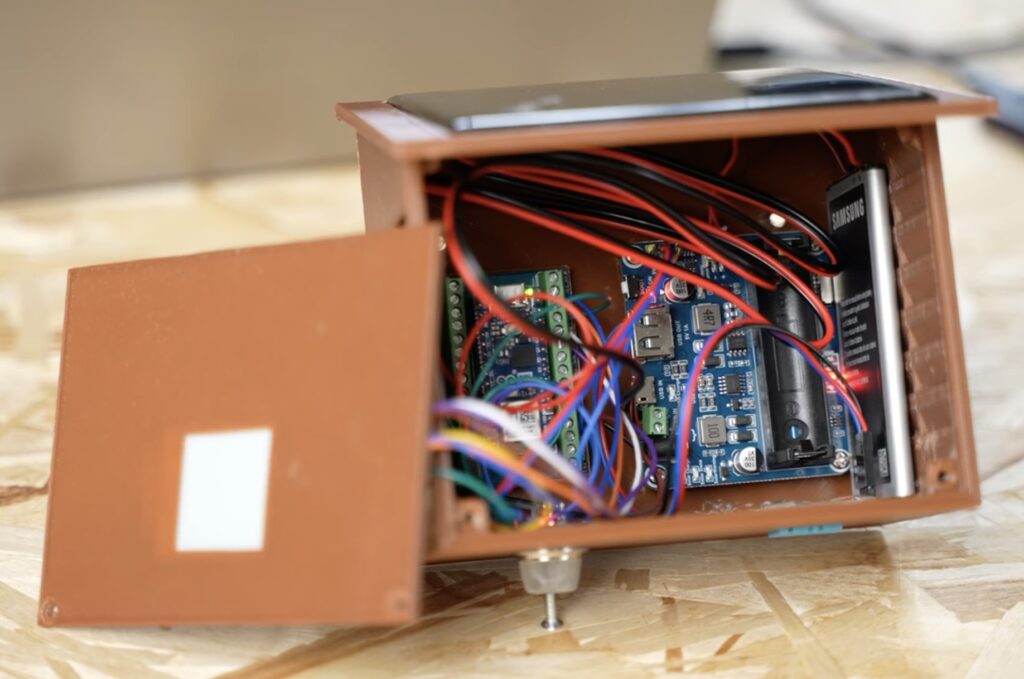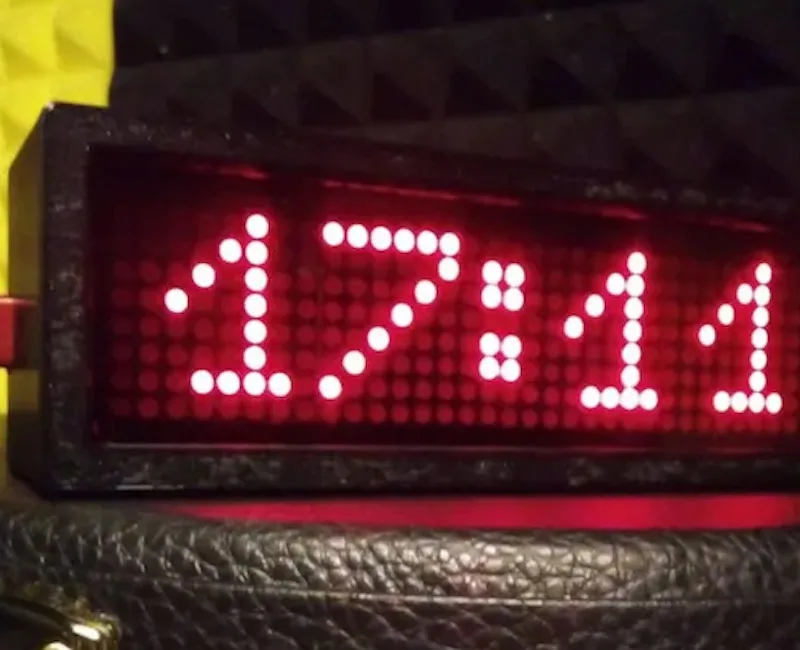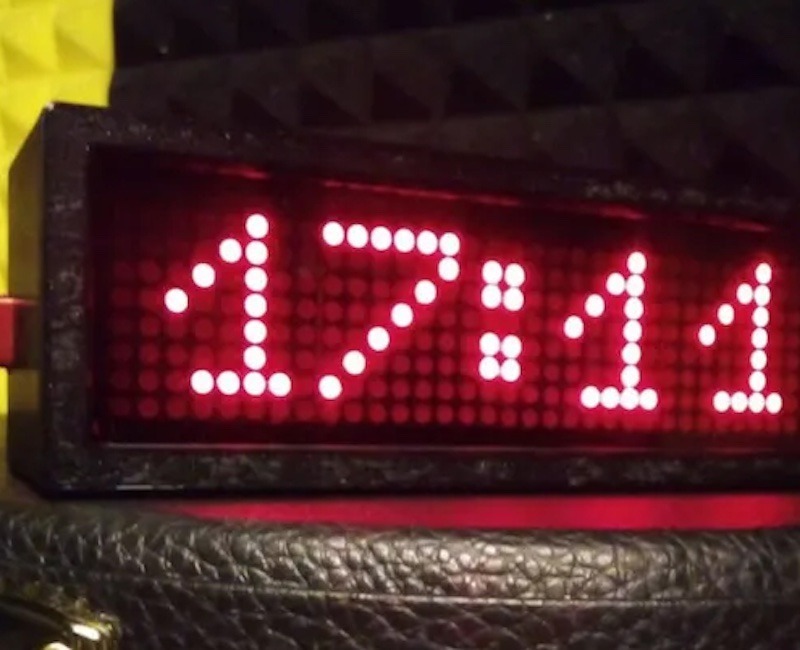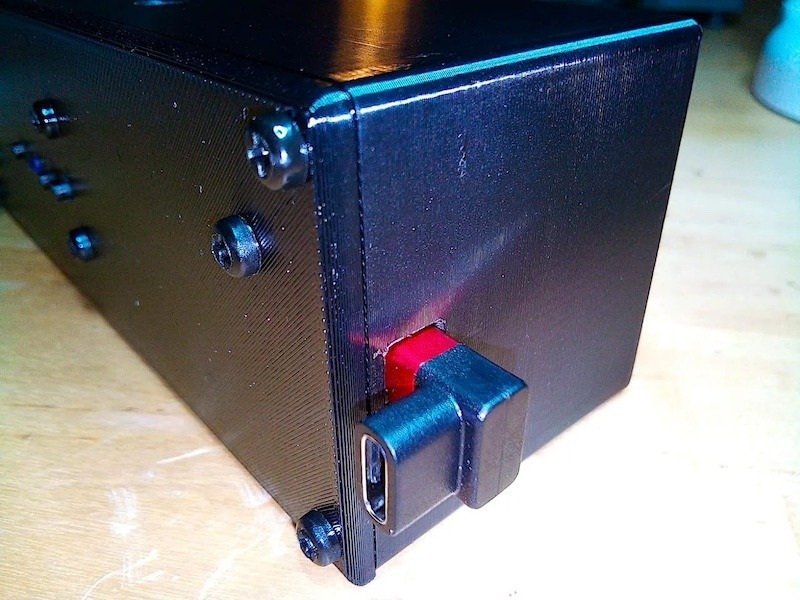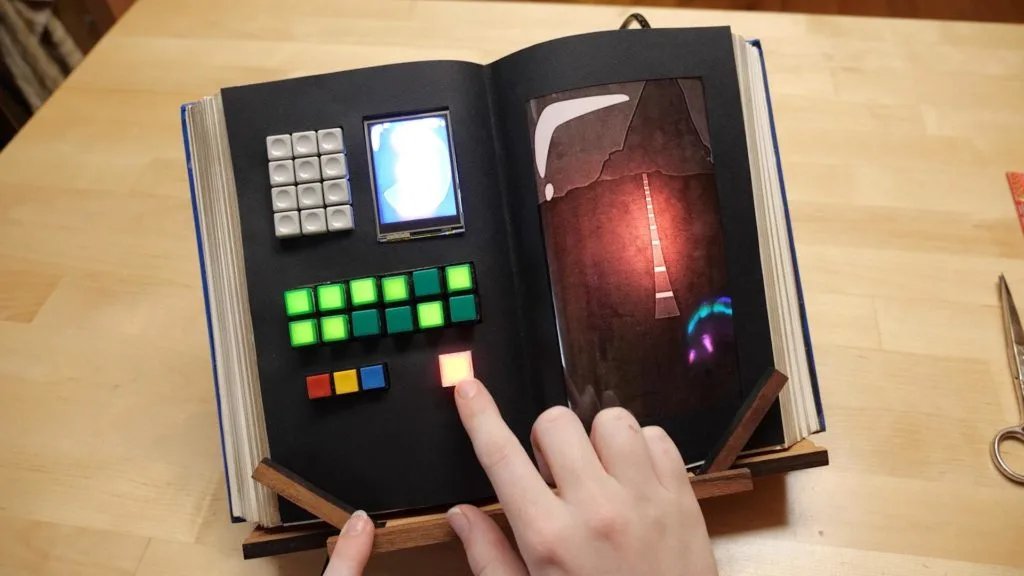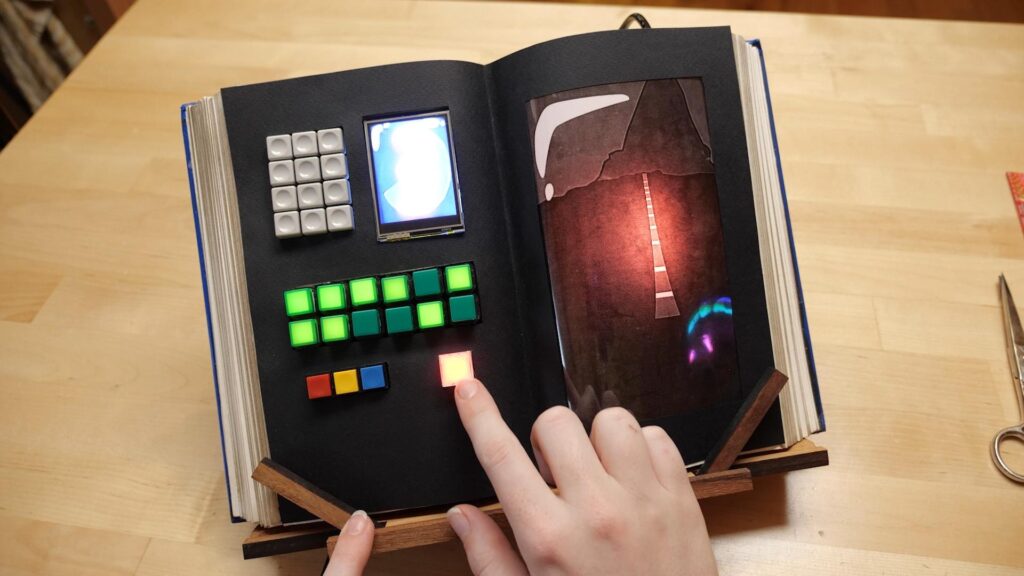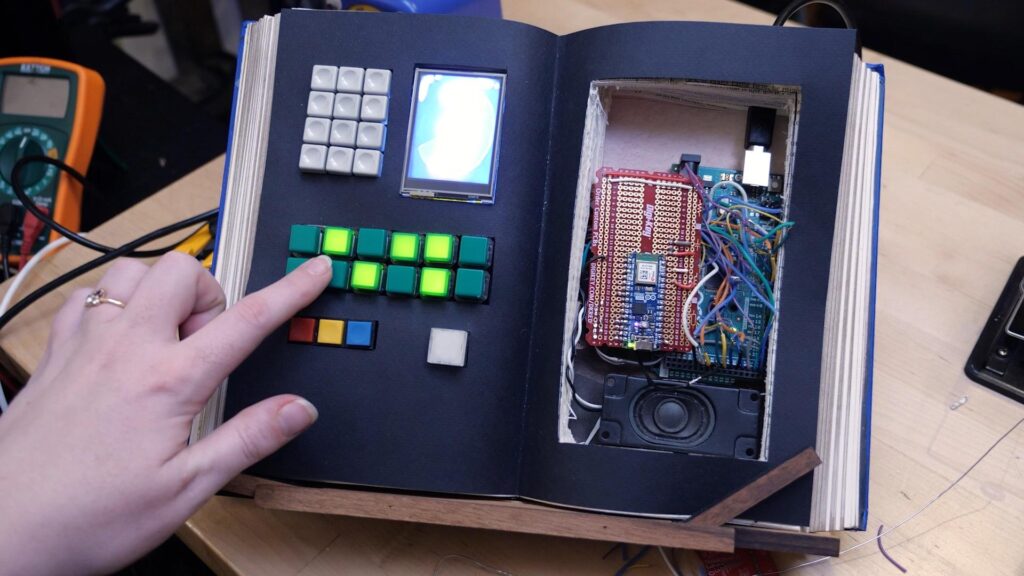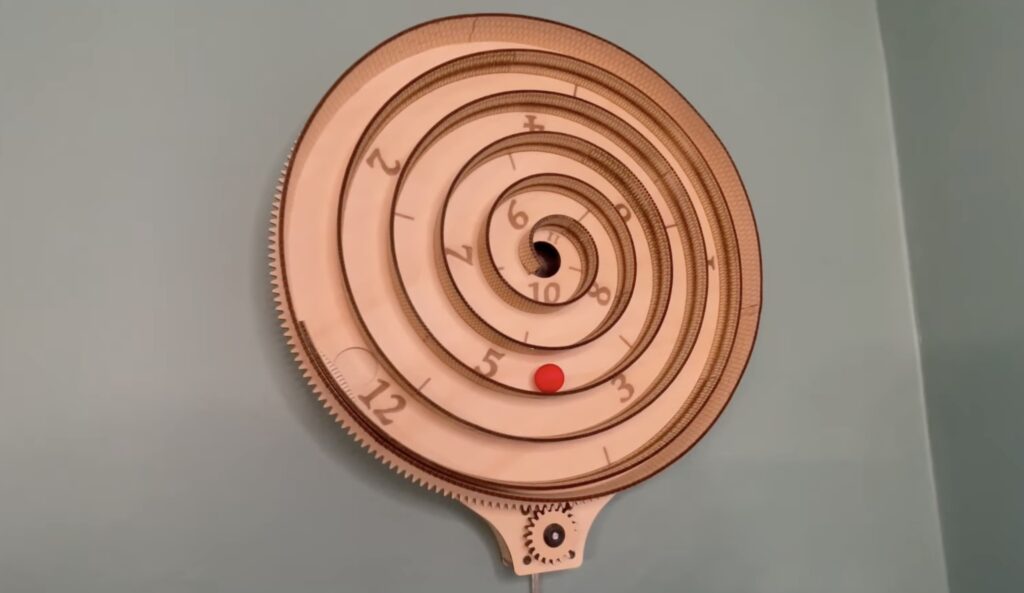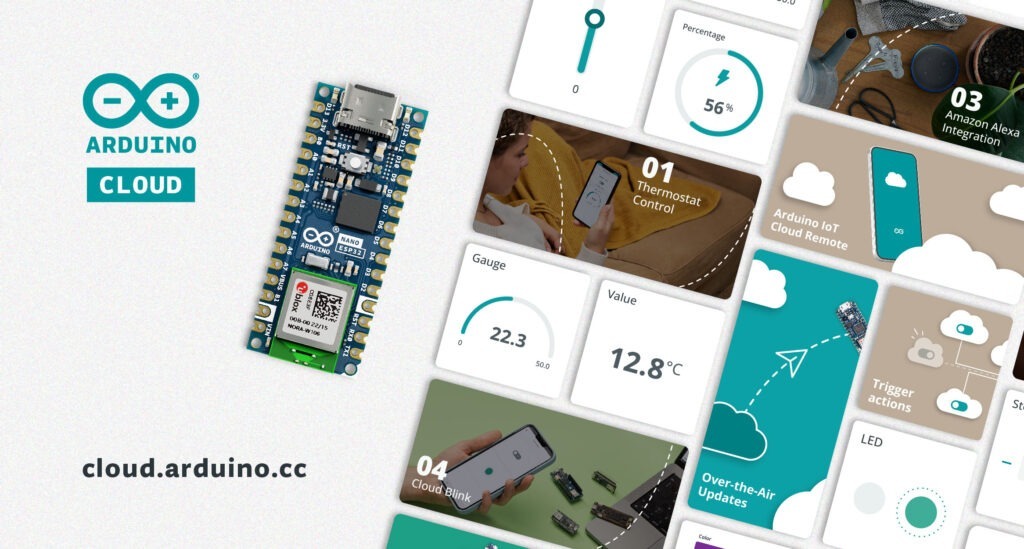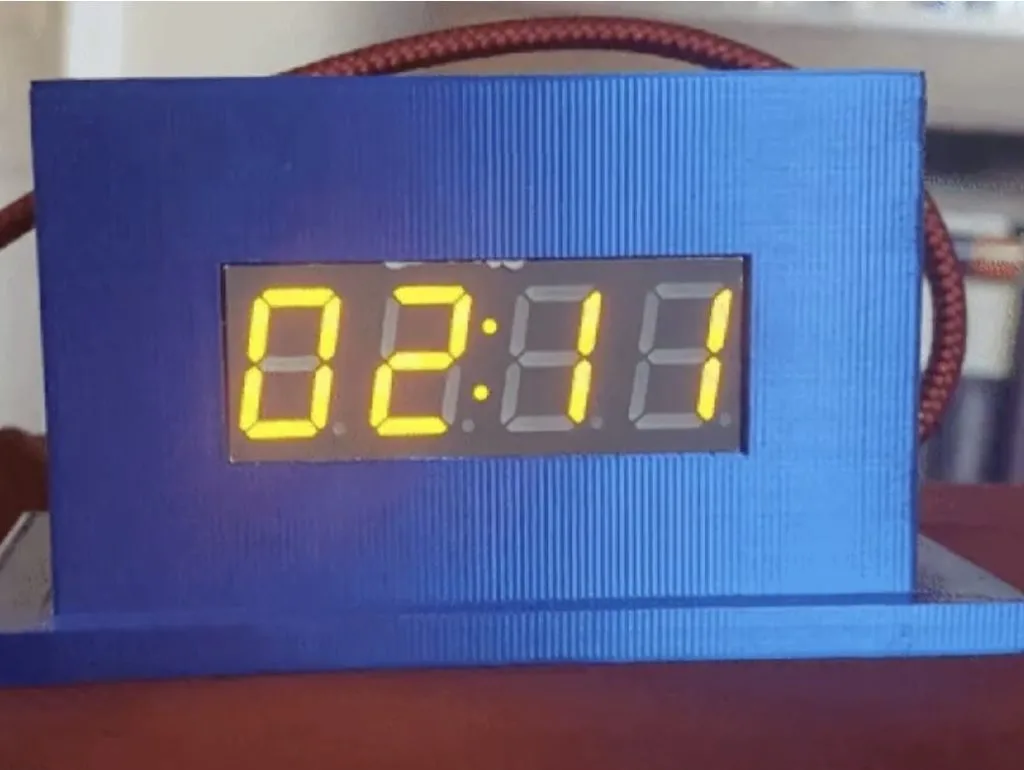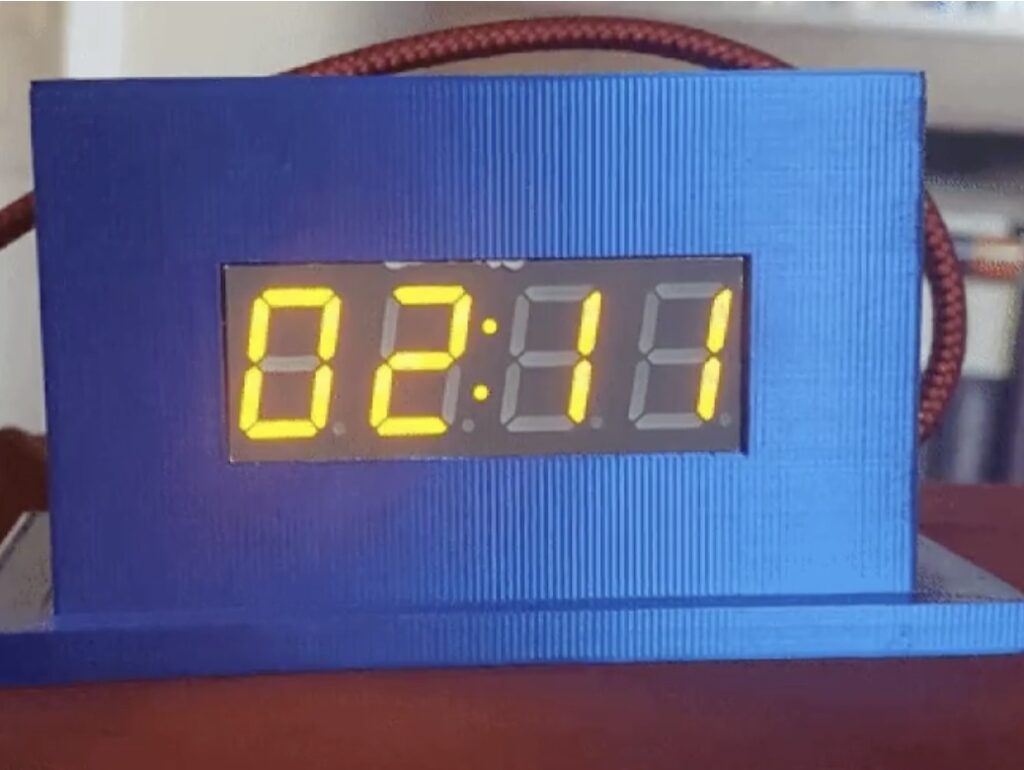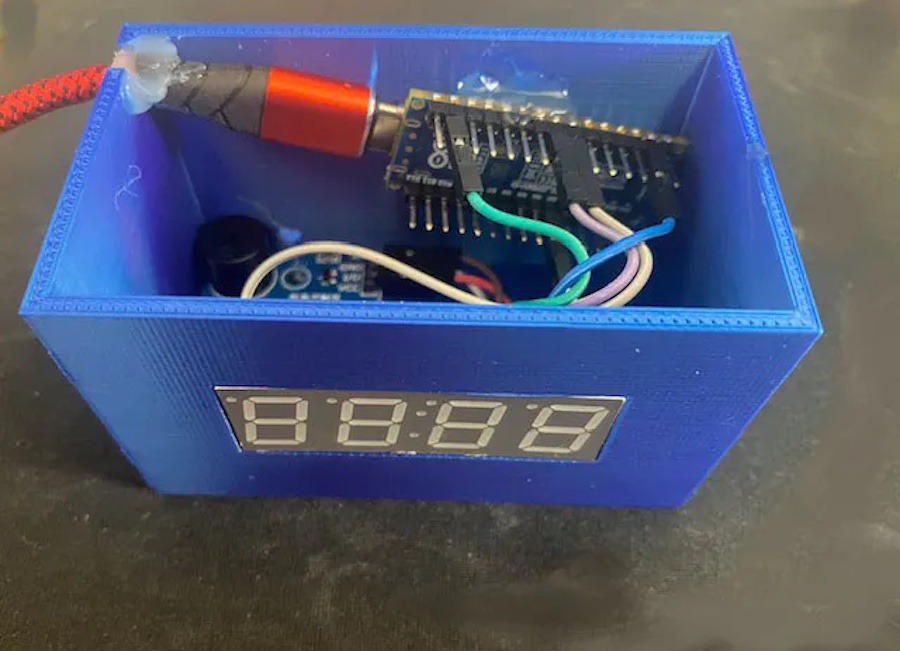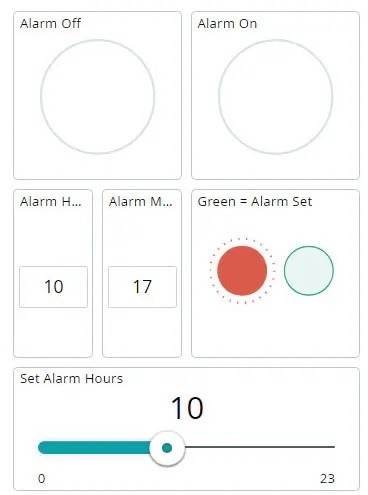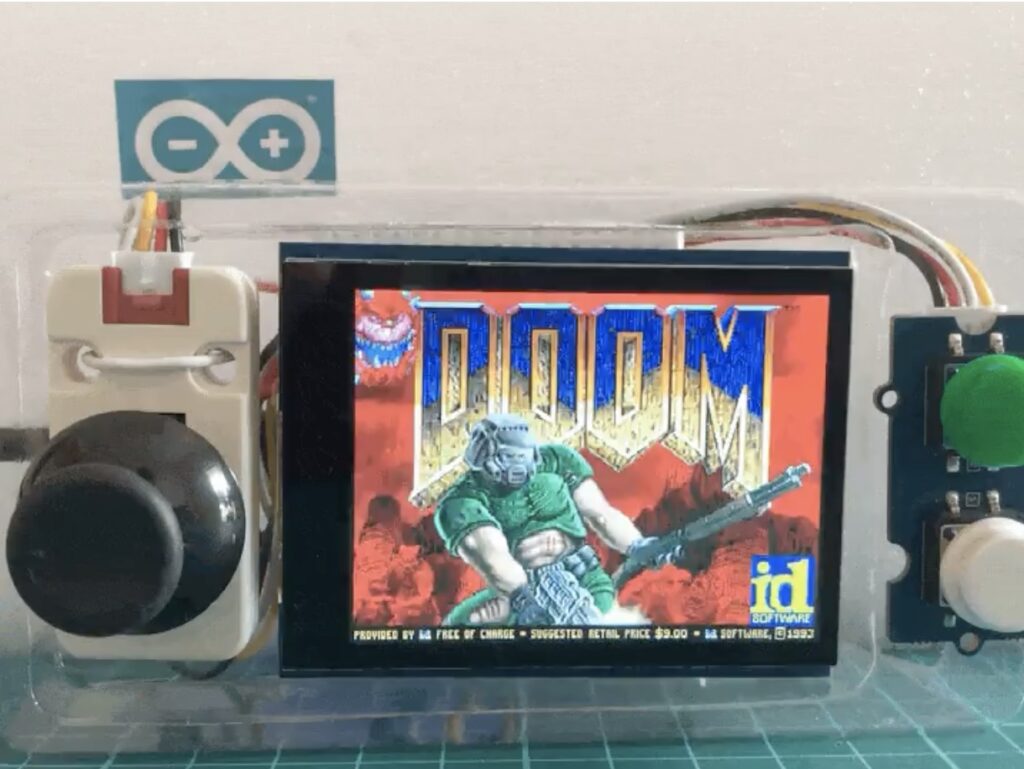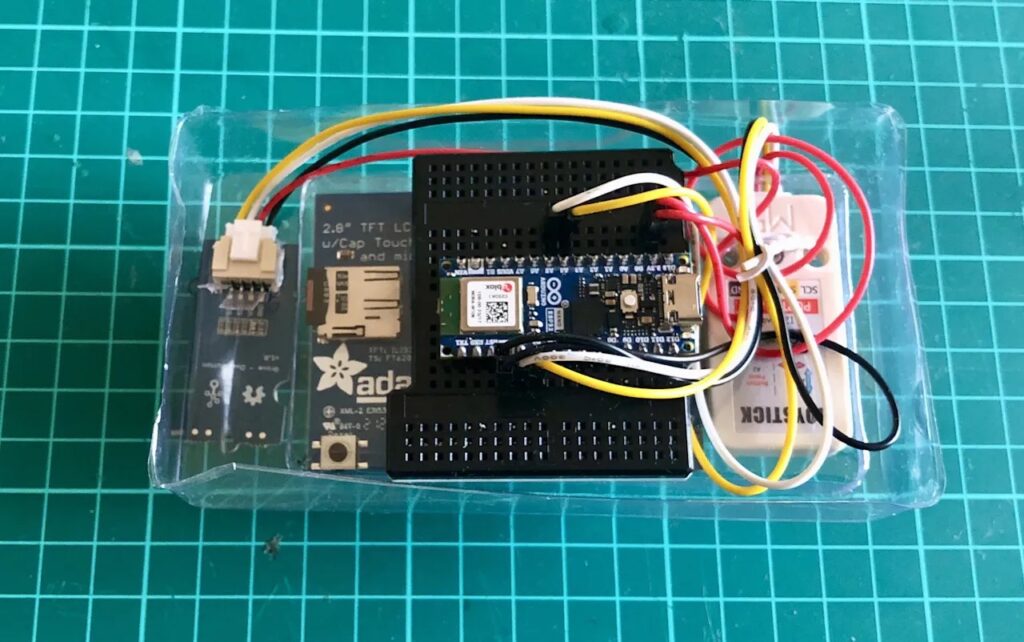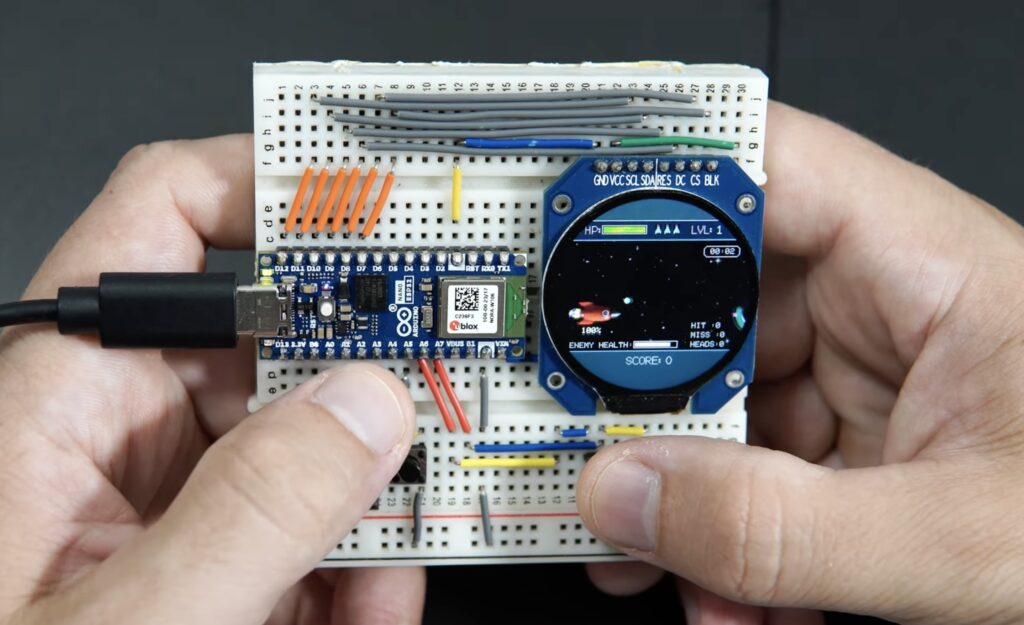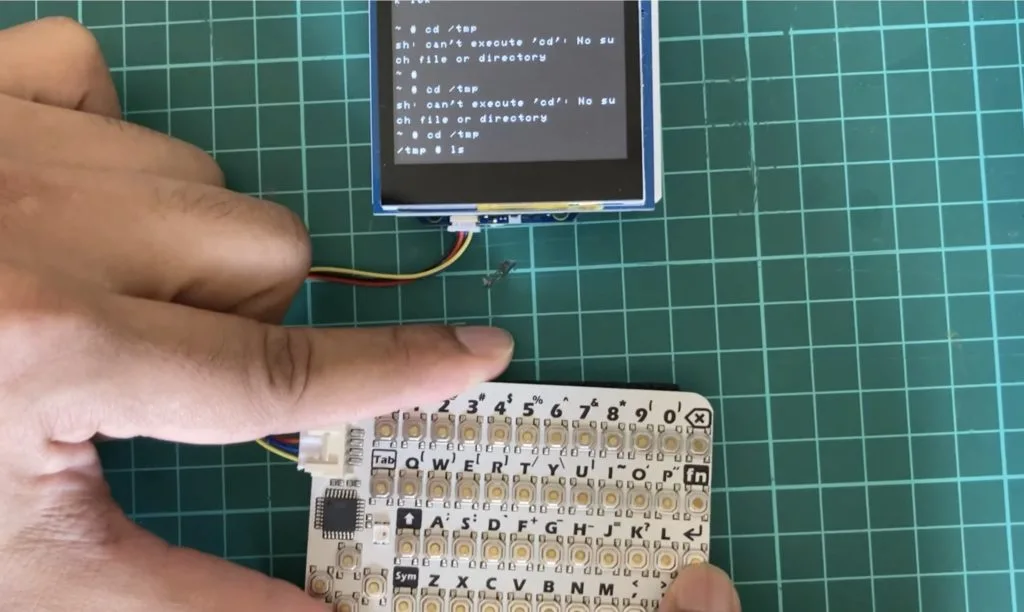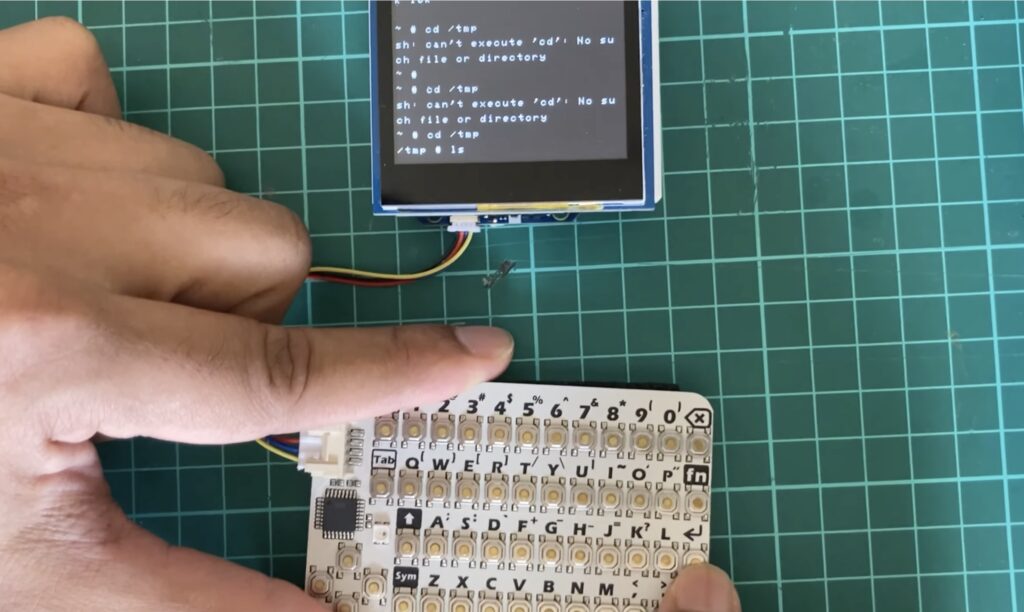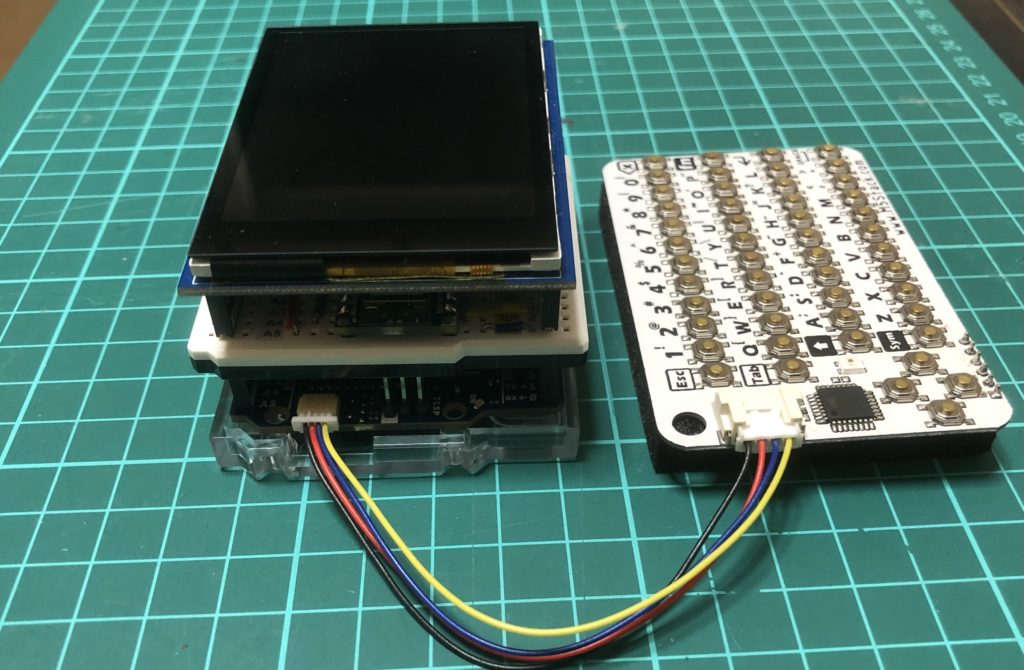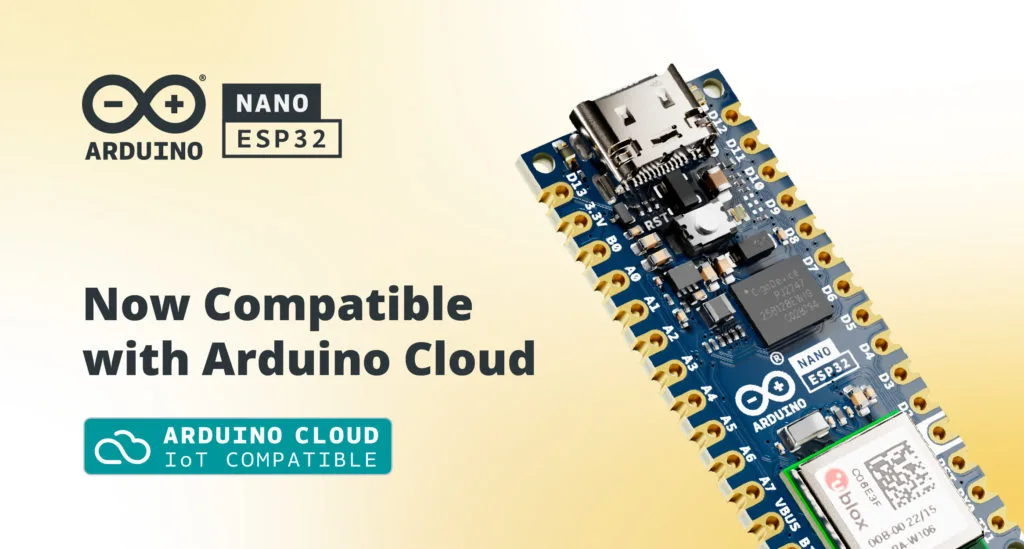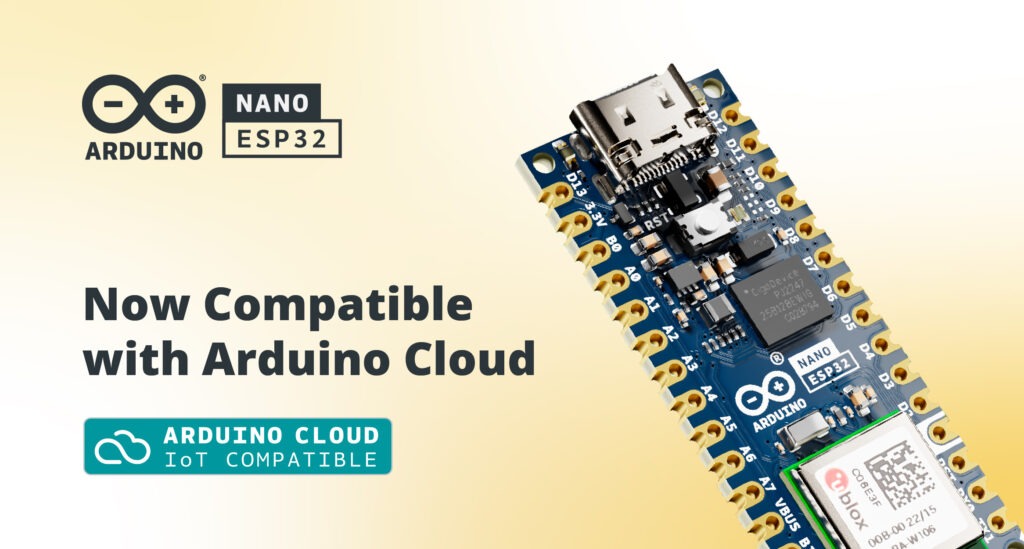
Home file servers can be very useful for people who work across multiple devices and want easy access to their documents. And there are a lot of DIY build guides out there. But most of them are full-fledged NAS (network-attached storage) devices and they tend to rely on single-board computers. Those take a long time to boot and consume quite a lot of power. This lightweight file server by Zombieschannel is different, because it runs entirely on an Arduino.
An ESP32 is a microcontroller with built-in connectivity (Wi-Fi and Bluetooth). Like all MCUs, it can “boot” and start running its firmware almost instantly. And while it runs, it will consume much less power than a conventional PC or a single-board computer. Zombieschannel’s project proves that the Arduino Nano ESP32 is suitable for a file server — if your expectations are modest.
The hardware for this project consists of a Nano ESP32, an SD card reader module, and a small monochrome OLED screen. The SD card provides file storage and the OLED shows status information.
Most of the work went into writing the firmware, which Zombieschannel did with assistance from ChatGPT. That has the Arduino hosting a basic web interface that local users can access to upload or download files. Zombieschannel also created a command line interface that provides more comprehensive access via a serial connection.
This does have limitations and the transfer speeds are quite slow by modern standards. But the file server seems useful for small files, like text documents. Zombieschannel plans to design an enclosure for the device and it should tuck unobtrusively into a corner, where it can run without drawing much power.
The post A lightweight file server running entirely on an Arduino Nano ESP32 appeared first on Arduino Blog.
Website: LINK
